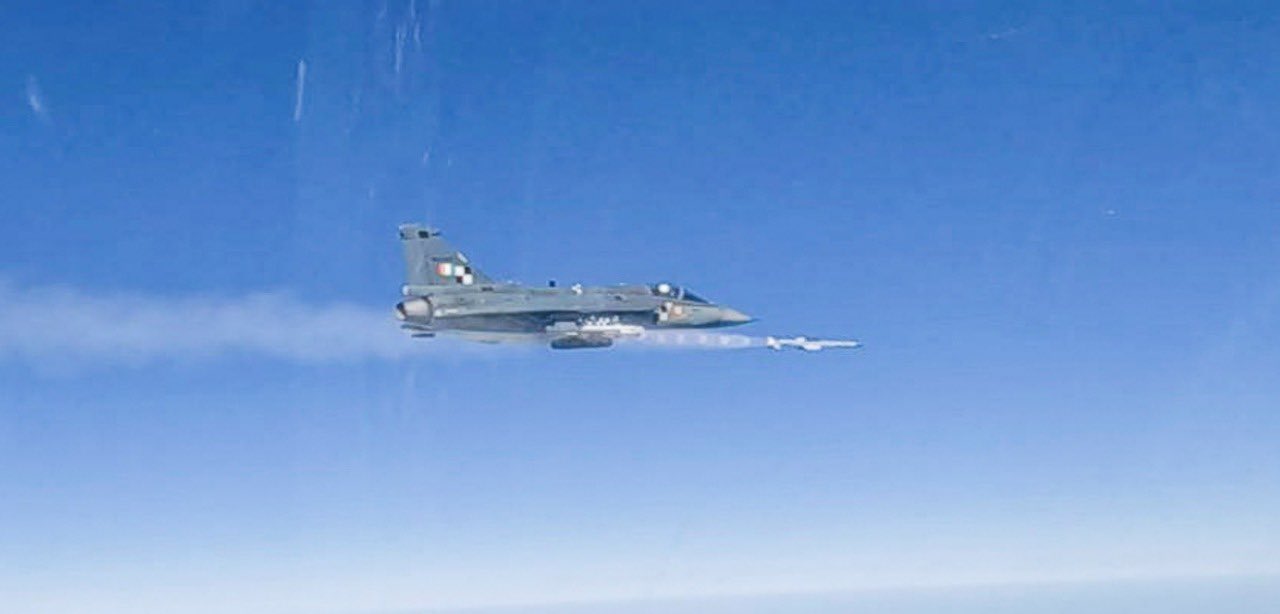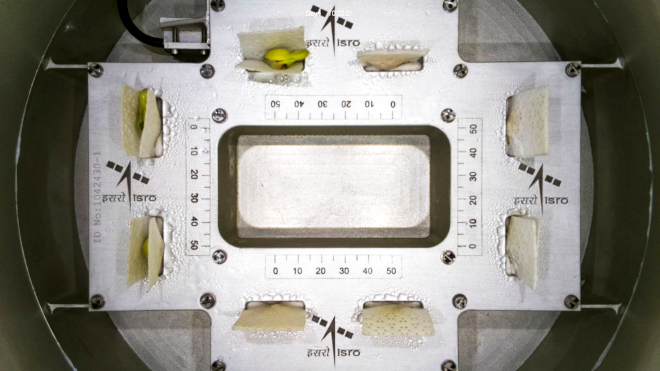
An artist's concept illustrates a young, red dwarf star surrounded by three planets. Photo by NASA/JPL-Caltech.
PASADENA, CALIFORNIA (BNS): Astronomers said a new technique used for identifying close, faint stars with NASA's Galaxy Evolution Explorer satellite will help in the hunt for planets that lie beyond the solar system.
"We've discovered a new technique of using ultraviolet light to search for young, low-mass stars near the Earth," said David Rodriguez, lead author of a recent study.
According to the study, young stars emit more ultraviolet light than their older counterparts, which makes them conspicuous to the ultraviolet-detecting Galaxy Evolution Explorer.
Many smaller, less "noisy" baby stars perfect for exoplanet imaging studies have gone undetected except in the most detailed X-ray surveys. To date, such surveys have covered only a small percentage of the sky, it said.
Rodriguez and his team figured the Galaxy Evolution Explorer, which has scanned about three-quarters of the sky in ultraviolet light, could fill this gap.
They compared readings from the telescope with optical and infrared data to look for the telltale signature of rambunctious junior stars.
Follow-up observations of 24 candidates identified in this manner determined that 17 of the stars showed clear signs of youth, validating the team's approach.
"The Galaxy Evolution Explorer can readily select young, low-mass stars that are too faint to turn up in all-sky X-ray surveys, which makes the telescope an incredibly useful tool," Rodriguez said.
Astronomers call the low-mass stars in question "M-class" stars. Also known as red dwarfs, these stars glow a relatively cool crimson colour compared to the hotter oranges and yellows of stars like the sun, and the whites and blues of the most scorching stars.
With data from the telescope, astronomers could reap a bounty of these red dwarfs still in their cosmic youth, less than 100 million years old.
These stars represent a best-case scenario for the direct imaging of exoplanets. They are close and in clear lines-of-sight, which generally makes viewing easier. Their low mass means they are dimmer than heavier stars, so their light is less likely to mask the feeble light of a planet. And because they are young stars, their planets are freshly formed, and thus warmer and brighter than older planetary bodies, they said.
 Previous Article
Previous Article Next Article
Next Article













The Indian Air Force, in its flight trials evaluation report submitted before the Defence Ministry l..
view articleAn insight into the Medium Multi-Role Combat Aircraft competition...
view articleSky enthusiasts can now spot the International Space Station (ISS) commanded by Indian-American astr..
view article